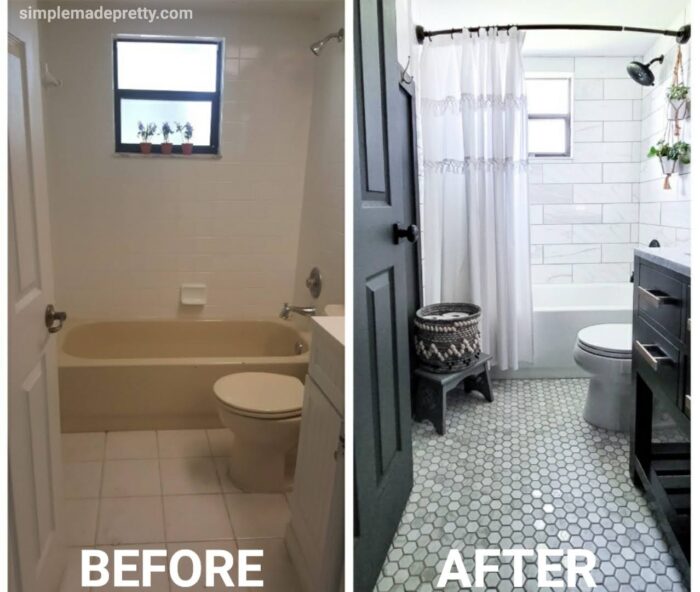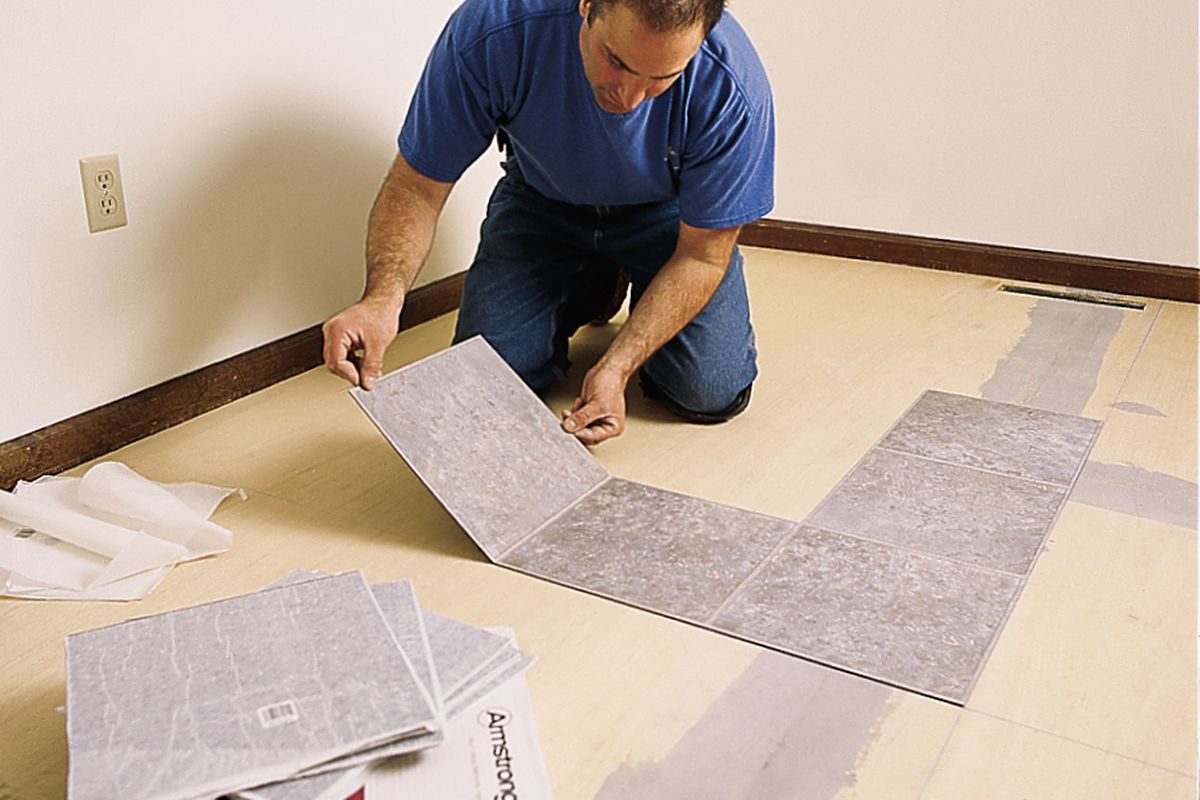Keeping Cool Without Turning Down the AC
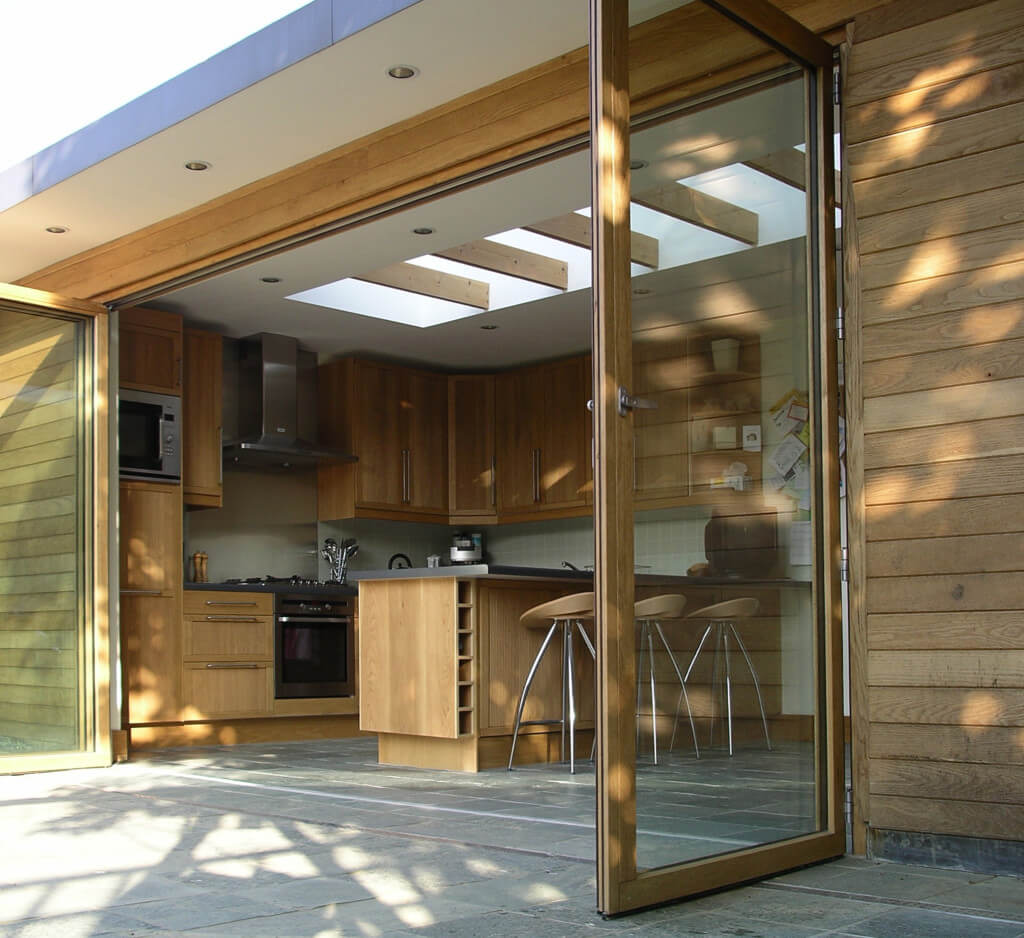
Let’s face it: Heat waves can drain the energy from our bodies, but it can also drain the money right out of our bank accounts when the energy bill comes due. Turning the thermostat down seems logical, but not always the best thing to do to cool the house off. Here are some practical things we can do to help our AC keep the home comfortable:
-
- Keeping shades drawn in rooms where the sun comes streaming in is a great first defense on staying cool inside. Doing this simple thing can lower the inside temps 30%!
-
- When you’re away, program the thermostat to 80°, and then down to 75° once you are home. No need to cool an unoccupied house, and leaving it off completely causes not only heat, but humidity, to build up. If those settings seem warm, give it a week, and you’ll find that your body acclimates to the warmer temperatures!
-
- Utilizing fans is an inexpensive way to help stay cool; your ceiling fan should be turning counterclockwise (find the direction toggle switch near the fan speed chain), and floor fans should blow towards you at a comfortable speed.
-
- Planting large shrubbery and plants with heavy foliage on the sunny sides of the house not only makes the landscaping attractive, the plants help block the heat, making the outside cooler, thus, the inside will stay cooler.
-
- Permanent awnings and shutters are easy ways to block sun, as are retractable curtain awnings.
-
- Allowing all interior doors to stay open will help the air circulate fully and helps keep hot spots from forming. Leave air registers open, even in unoccupied rooms, to avoid putting a strain on ductwork over time.
-
- Using a dehumidifier will, obviously, reduce the moisture in the air, making the house feel cooler.
-
- Time your clothes-drying and dishwashing for nighttime hours and keep the house cooler in the daytime and save on your electric bill. Most energy companies have off-peak consumption hours at night and early mornings.
-
- Cooking will heat up the kitchen, so learn how to cook plan your cooking early or later in the day and make use of a toaster oven creates less heat than turning the oven on.
One of the best things you can do to help your unit running well and keeping things cool is maintenance! Have a pro come and service it, change filters when they are visibly dirty, make sure the evaporator drain can run freely, and keep the air flowing nicely around the unit.
Courtesy of Chester County PA Realtor Scott Darling.
Photo credit: koruarchitects.co.uk

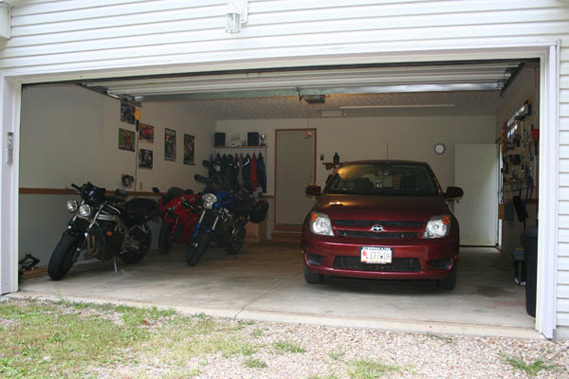
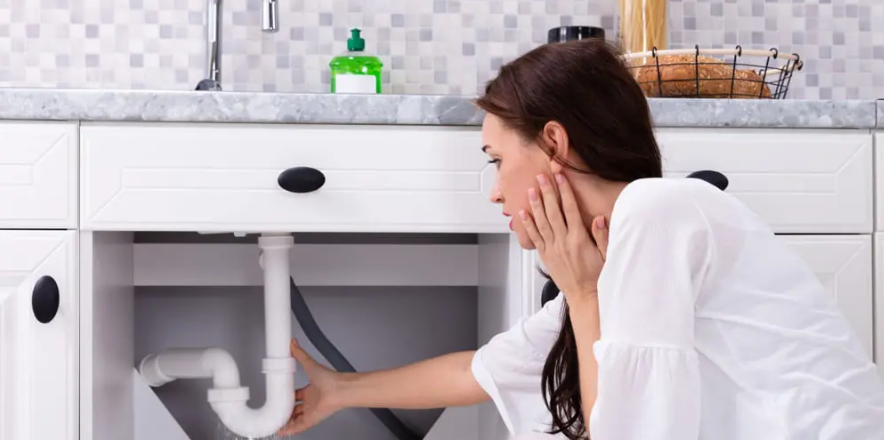

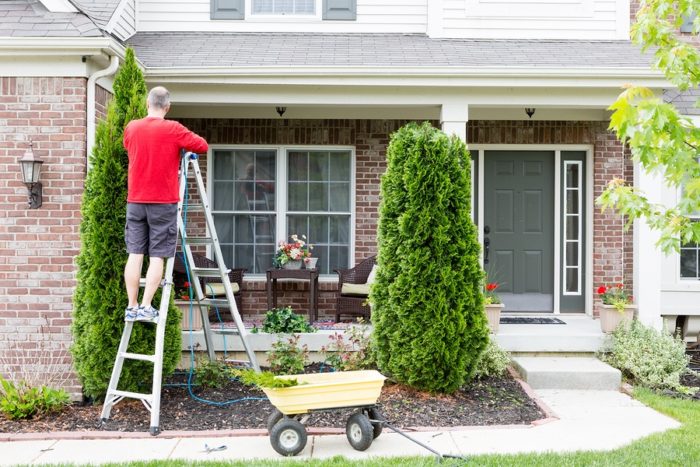
.jpg)
